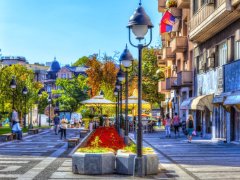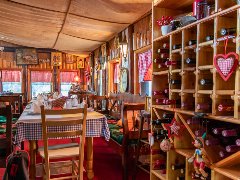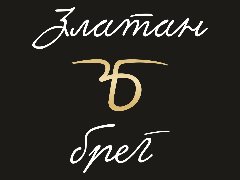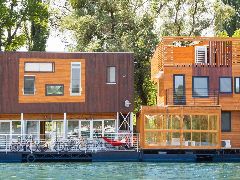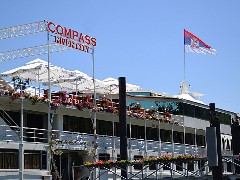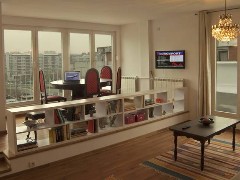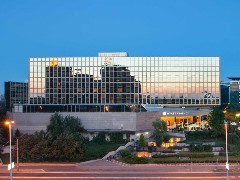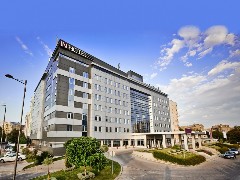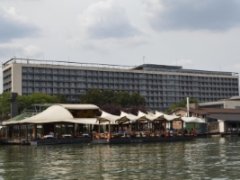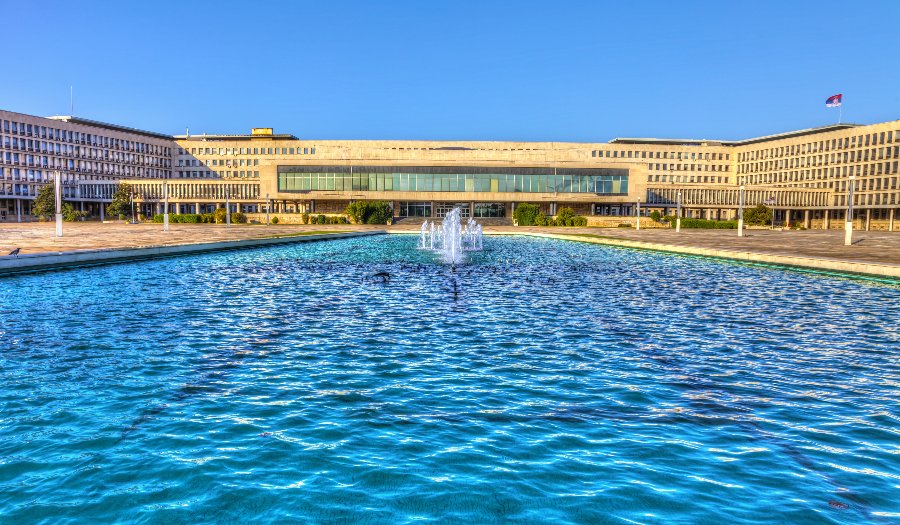
It was built in 1959 to be used by the Federal Executive Council of Yugoslavia. It was informally known as the Palace of the Federation (Palata Federacije) before given its present name. The representative exterior matches the luxuriously designed interior, which places this building among the pioneer examples of the "total design" in domestic architecture. The unique interior design, with numerous works of fine and applied arts, which make the integral part of the building, gives the Palace the character of some kind of a gallery of Yugoslav 2oth century art.
The building was designed in the shape of the letter "N" and covers the base area of 5,500m². In front of the medium wing there is a lower area covered with the glass dome where the Congress Hall is placed, with the capacity of 2,000 invitees. The building contains six lounges, as well as about one thousand offices.
The Palace of the Federal Executive Council, along with the works of Fine and Applied Arts, which constitute its integral part, was designated the cultural monument in 2013.
It was built in 1959 to be used by the Federal Executive Council of Yugoslavia. It was informally known as the Palace of the Federation (Palata Federacije) before given its present name. The representative exterior matches the luxuriously designed interior, which places this building among the pioneer examples of the "total design" in domestic architecture. The unique interior design, with numerous works of fine and applied arts, which make the integral part of the building, gives the Palace the character of some kind of a gallery of Yugoslav 2oth century art.
The building was designed in the shape of the letter "N" and covers the base area of 5,500m². In front of the medium wing there is a lower area covered with the glass dome where the Congress Hall is placed, with the capacity of 2,000 invitees. The building contains six lounges, as well as about one thousand offices.
The Palace of the Federal Executive Council, along with the works of Fine and Applied Arts, which constitute its integral part, was designated the cultural monument in 2013.


